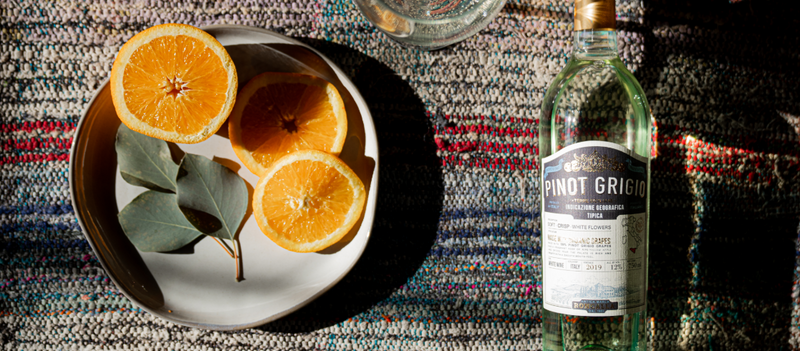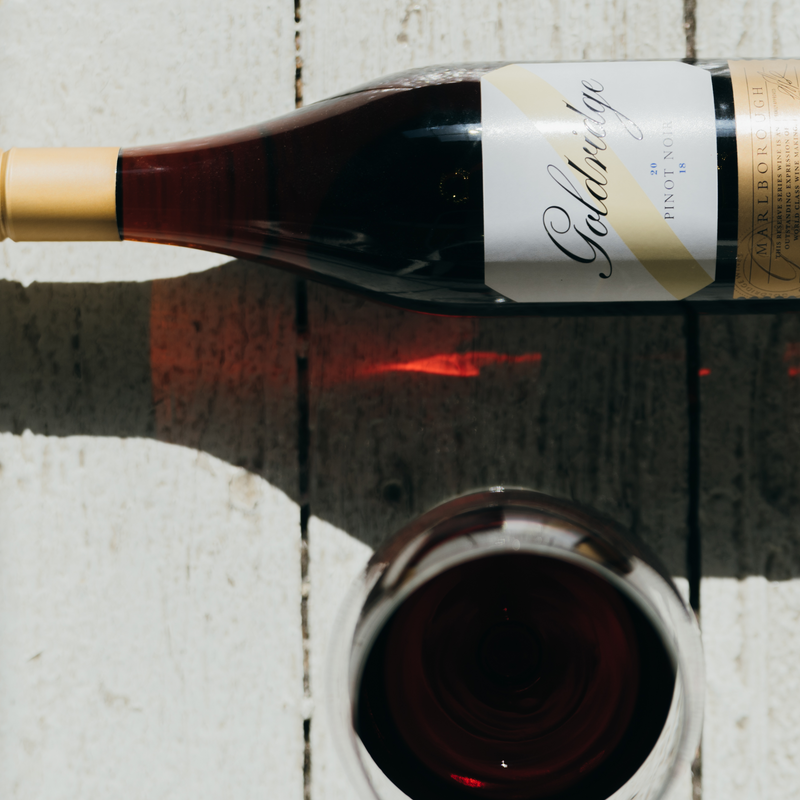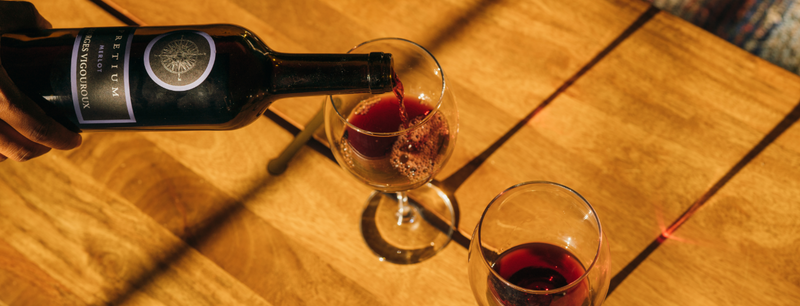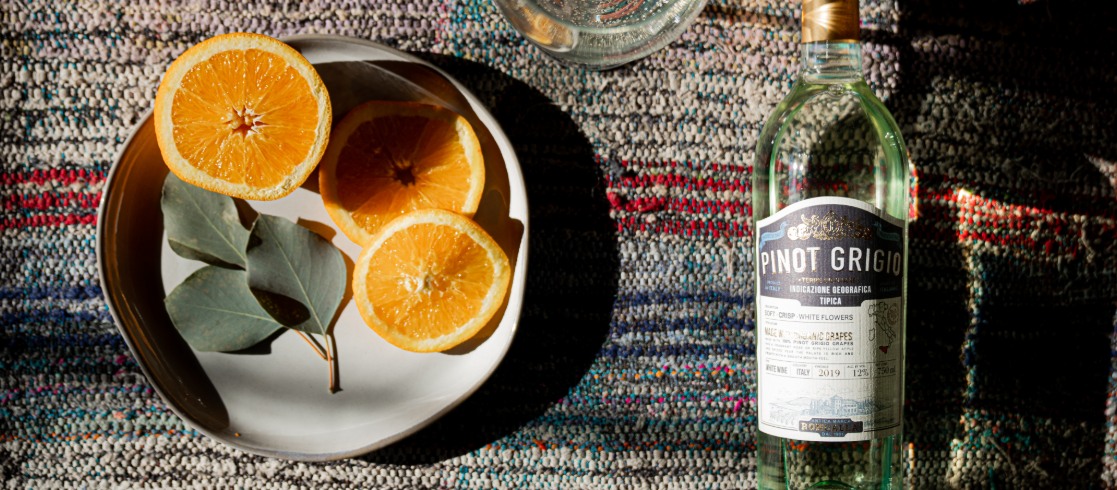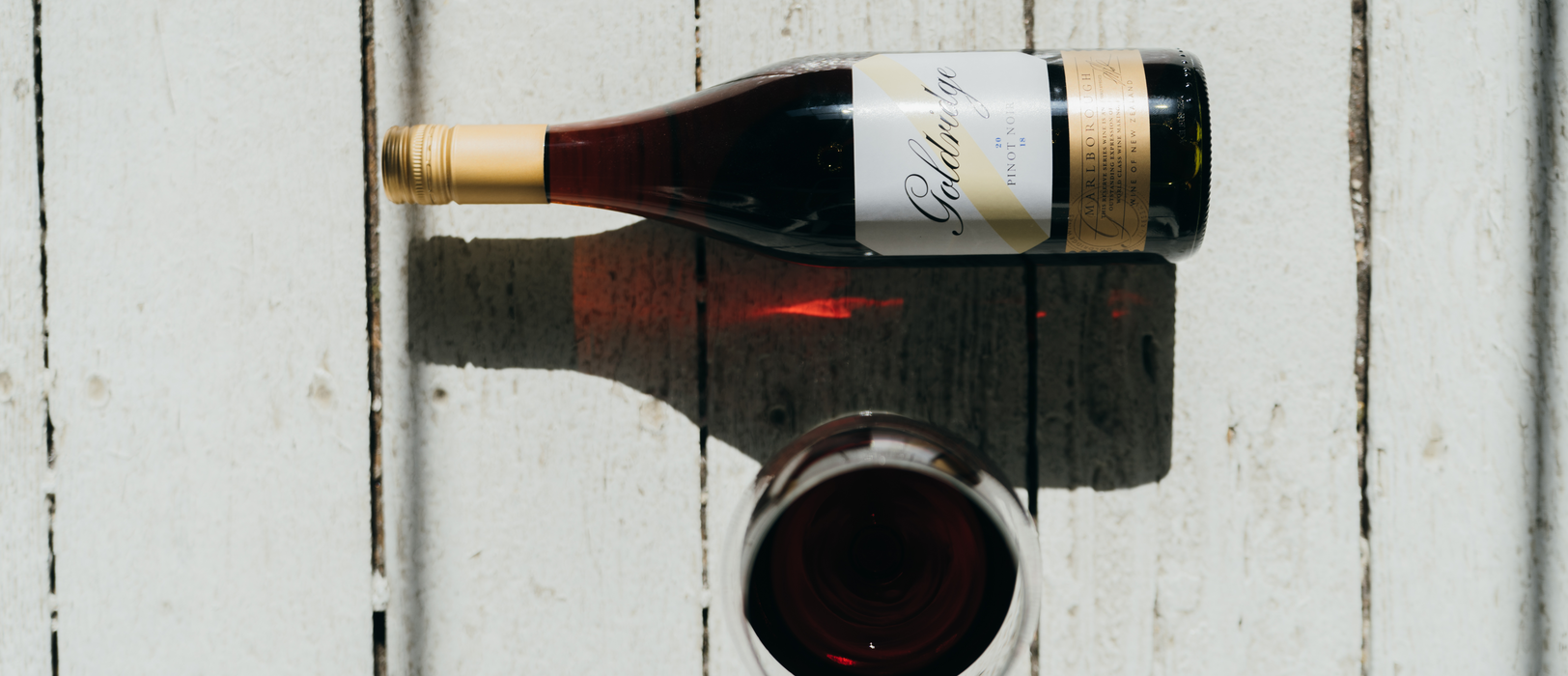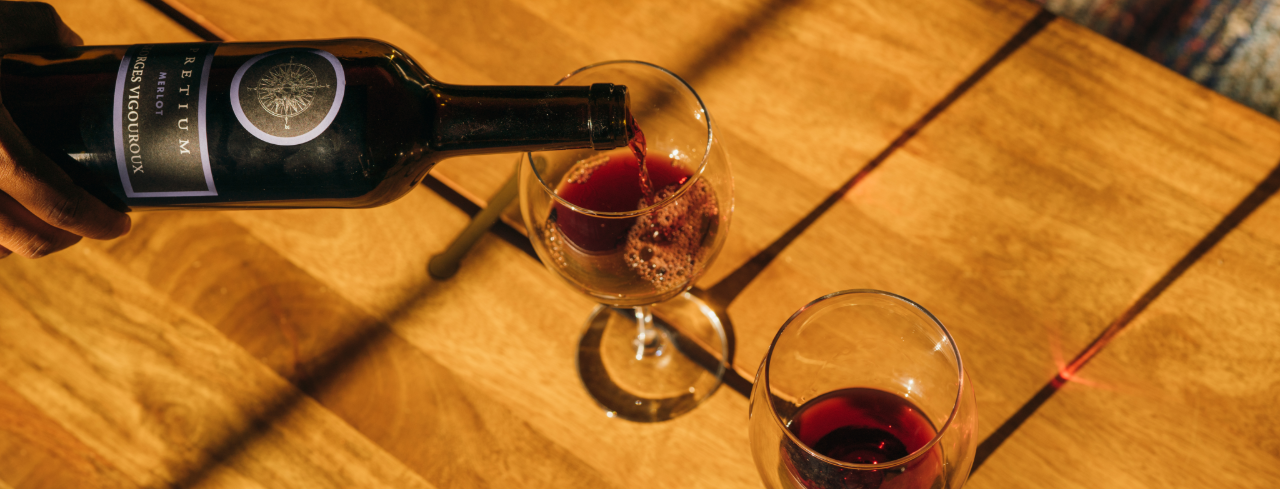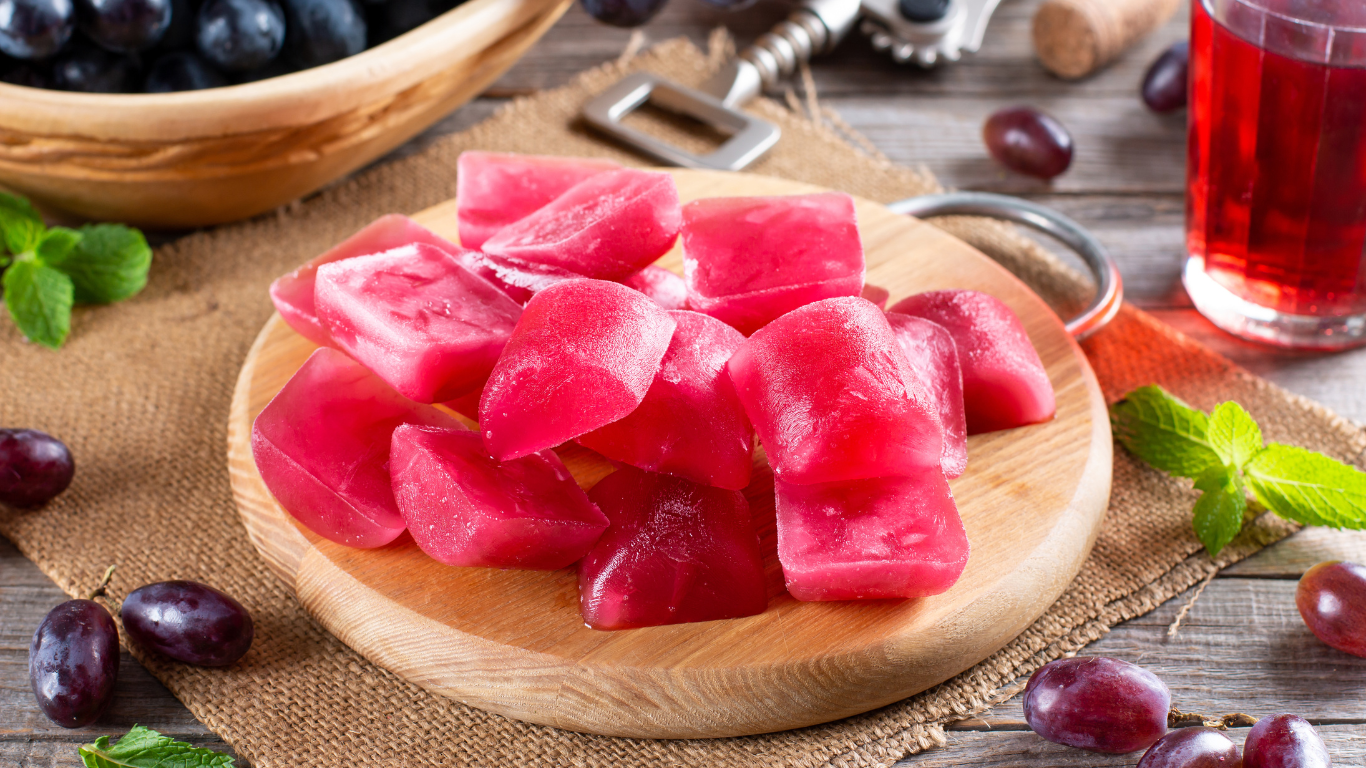
Can You Freeze Wine?
Have you ever wondered if you could make wine into a popsicle? What about a wine slushie?
Or maybe you wanted your wine chilled but accidentally left it in the freezer for several hours.
Whatever your reason may be, before you rush your bottle to the freezer, there are a few things to keep in mind.
Here’s what to do and what not to do when freezing your wine.
Can You Put Wine in the Freezer?
The quick answer is, “yes,” you can freeze wine, but does that mean you should?
An average kitchen freezer is around 0 degrees Fahrenheit, much lower than wine freezing points. Most wines freeze at about 22 degrees Fahrenheit.
After placing a bottle of wine in the freezer, it will likely turn into a slushie in a few hours. But other than quick chilling, we don’t advise keeping your glass bottle at such a low temperature.
Why You Shouldn’t Freeze a Bottle of Wine
Wine contains water, causing it to expand upon freezing. This means there is a good chance the bottle will explode with nowhere for the wine to expand. To keep you from opening your freezer to shattered glass, avoid freezing a wine bottle for a long amount of time.
Freezing also crystalizes the organic compounds in wine, changing the flavor. If the wine manages to leak out through the cork, it will quickly oxidize, causing your wine’s complex flavors to become flat. Screw caps aren’t safe from this either, as wine can push out through the seal or even break the cap off.
This might cause your wine to taste vinegary or dull. But if you’re okay with a more muted wine taste, then bottoms up!
At the very least, don’t sip with your sommelier friends, as they might question your taste and sanity.
But if you do invite your friends over for a “wine-sicle,” we won’t judge. Just make sure to preface that it won’t taste the same.
Now that we’ve covered the basics and a few safety precautions for freezing wine let’s see how different types of wine behave when frozen.
Can you Freeze Red Wine?
Since red wine and white wine have a similar alcohol content on average, they will behave mostly the same when subjected to freezing temperatures.
If you notice shiny pieces floating around in your frozen wine, don’t panic. These pieces are known as “tartrate crystals” or “wine diamonds.” When the organic compounds in wine freeze, crystals begin to form, don’t worry, they’re perfectly safe to drink, but they might feel a little interesting on the palate.
Like anything else in your freezer, wine is also subject to freezer burn (apart from natural crystalization). This can also change your red wine’s chemical properties and cause it to taste bitter or flat.
If it’s a more robust and complex kind, the red wine might hold its flavors better than other wines when frozen. But the lighter fruit notes and floral aromas probably won’t be as bright as before. You can also expect a much duller tannic taste after freezing.
If you still want to freeze red wine for drinking, turn it into Sangria. Once thawed, combine it with brandy, orange juice, and a few tablespoons of sugar. You can throw sliced oranges or apples into the mix for extra flavor.
But enough about red wine. Let’s see how white wine behaves when frozen.
Can You Freeze White Wine?
Like red wine, you might notice sediment or crystals in your frozen white wine. Because white wine and Rosé are more delicate, their flavors will likely disappear much more quickly when thrown into the freezer. Sadly, this means saying goodbye to those deliciously nuanced floral aromas, so placing your delicate pink wine in the freezer probably isn’t worth it.
Now let’s move on to how to deal with sparkling wine in the freezer.
What About Sparkling Wine?
With its carbonation, sparkling wine is the most volatile when frozen. With nowhere to expand, all those bubbles become a ticking time bomb.
You should avoid putting sparkling wine in the freezer at all cost, as this will basically turn it into a grenade (and no one wants that mess in their kitchen).
Can You Freeze Wine for Cooking?
Because of the odd taste wine has when frozen, we recommend using it for cooking rather than drinking. Add some frozen red wine to your bolognese sauce of beef stew. The wine will add some spice and complex flavors. You won’t even notice that it tastes differently than using non-frozen wine.
Add a bit of frozen white wine if you’re cooking an herbaceous white cream sauce for your pasta. You won’t have to shutter at the thought of drinking your bitter white wine or letting it go to waste.
Therefore, cooking is one of the best uses for frozen white wine. Grab your frozen wine and break out the recipe book!

How to Make Your Wine Freezer Safe
Last but certainly not least, here are some ways to ensure that your wine stays on its best behavior while chilling.
1. Ice Cubes
Everyone knows what an ice cube is, but have you ever heard of wine cubes? Ice cube trays are one of the most useful tools for freezing wine. Pour your wine into the tray and cover it with plastic wrap to keep the freezer flavors out.
They’re also perfect for measuring when cooking, as each ice cube equals about two tablespoons.
2. Freezer-Safe Container
If you don’t have an ice cube tray or want a bigger serving of frozen wine, a freezer-safe container is your best bet. Overall, plastic is so much better (and safer) for storing frozen wine than a glass bottle.
3. Ice Bucket
Want to chill your wine quickly but don’t want to forget about it? Fill a bucket with some ice and pop the bottles in. A pro tip is to throw salt on the ice cubes. This will chill your wine at a slower rate and keep it from turning into a slushie.
4. Frozen Grapes
Avoid ice cubes if you want to chill your wine but don’t have time. You don’t want your precious sipper turning into ice water. Instead, freeze some grapes and pop them into your glass of wine. All the benefits of ice, no water required.
Iced Wine, Baby!
No more wasting wine and money with these valuable frozen wine tips!
Indulge in sweet Sangria or pop a few white wine cubes into a creamy butter sauce.
Lastly, don’t forget the golden rule of avoiding sticking a glass wine bottle into the freezer. A few minutes is fine, but a few hours or more is a huge “no-no.”
Opt for plastic, freezer-safe containers or ice trays to freeze your wine. You can also try an ice bucket or frozen grapes for a quick, chilly fix!
Shop our red, white, and sparkling wine selections and find your new favorite at a fantastic price!
Not sure what you’re looking for? Check out our customer favorites!
For more wine facts and recipes, see our fabulous Wine Blog.
